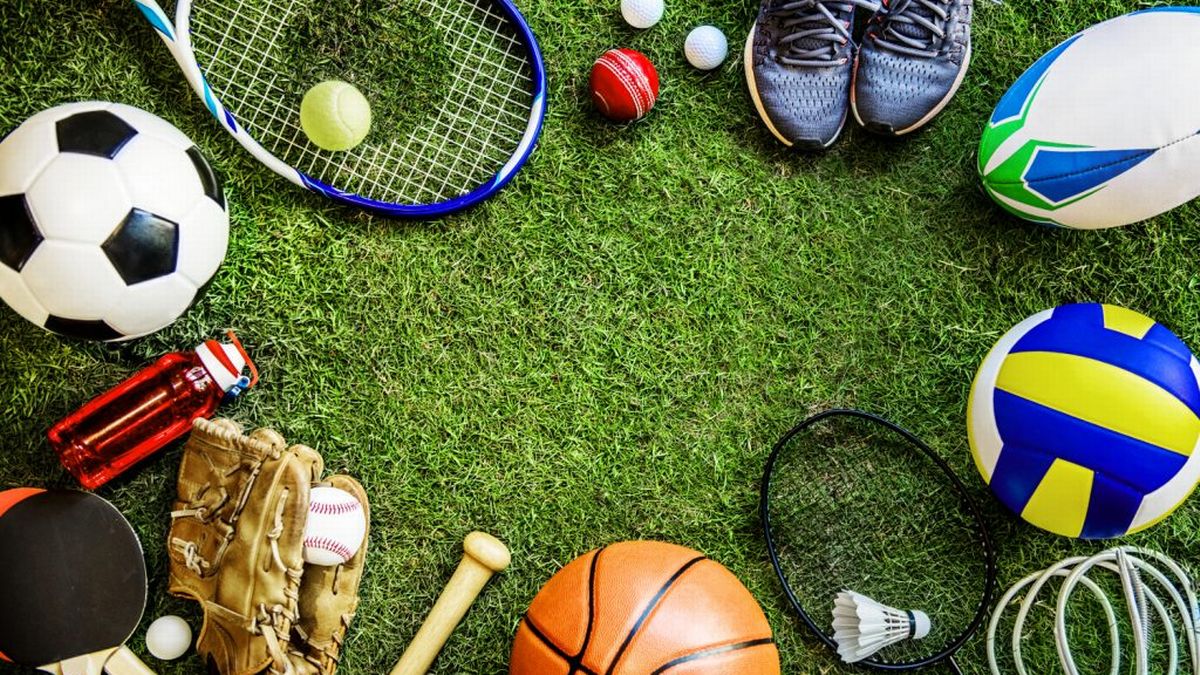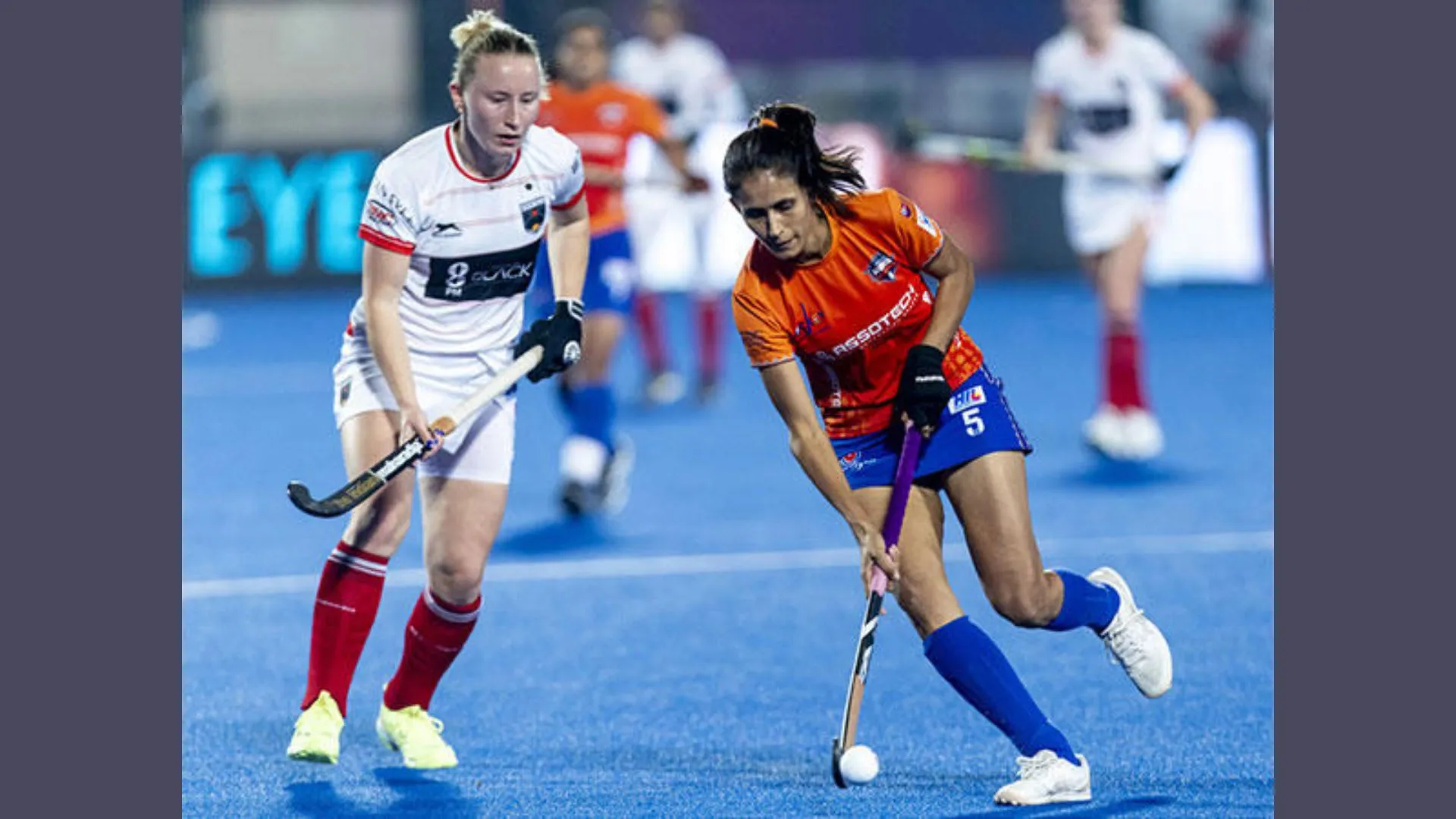A 16-year-old footballer registered with a Premier League club has been banned for nine months for possession of a banned substance. It was alleged the player possessed and used the hormone somatropin. Somatropin is a growth hormone that is banned at all times in sport under the World Anti-Doping Agency’s Prohibited List. His suspension will conclude on 7 May.
What is Somatropin?
Growth hormone (GH) or somatotropin, also known as human growth hormones (hGH or HGH). It is produced by a tiny endocrine gland found in brain called the pituitary glandThe pituitary puts out GH in bursts; levels rise following exercise, trauma, and sleep. Under normal conditions, more GH is produced at night than during the day.
Growth hormone (GH) stimulates growth, cell reproduction, and cell regeneration in humans and other animals. It is thus important in human development. GH also stimulates production of IGF-1 (Insulin like Growth Factor – 1) and increases the concentration of glucose and free fatty acids.
A recombinant form of hGH called somatropin is used as a prescription drug to treat children’s growth disorders and adult growth hormone deficiency
The Use and Abuse of Growth Hormone in Sports
The use of growth hormone to improve athletic performance has recently received worldwide attention. This practice is banned by most professional sports leagues and associations including International Olympic Committee (IOC) and the World Anti-Doping Agency (WADA). However a wide range of athletes, including those from baseball, cycling and track and field have been implicated in or confessed to illicit growth hormone use.
Its misuse has been suspected in sport because of its anabolic properties. Athletes and bodybuilders claim that hGH increases lean body mass and decreases the fat mass. The use of hGH in sport today is not only based on its anabolic properties, but also on its effect on carbohydrate and fat metabolism. The rationale appears to come from studies in adults with GH deficiency, where GH replacement has been shown to alter body composition so that lean tissue mass is increased and fat mass is decreased, to enhance aerobic and resistance performance, to increase cardiac output, to enhance thermal adaptation during exertion, to increase collagen synthesis, and to modify intermediary metabolism.
Growth Hormone in Sport: What Athletes should know
There are many reported side effects from the use of growth hormone, including irritation at the injection site, increased blood pressure in the brain, damage to the retina and vision in people with diabetes, damage to the growth plates in the femur in pediatric patients, faster progression of scoliosis in people who have this condition, hypothyroidism, pancreatitis, swelling or stiffness in the arms and legs, and generalized pain. Long-term, the use of growth hormone may cause the body to stop producing its own, or to down regulate the growth hormone pathways.
This case of a 16 years old boy demonstrates that the anti-doping rules apply to all athletes, regardless of age, and serves as an important reminder of the serious consequences that can apply if those rules are broken. If you are responsible for a young athlete, you should take a proactive approach to ensure their participation in clean sport and help to protect them from the risks of doping.
The Writer is a fitness & Sports medicine specialist























